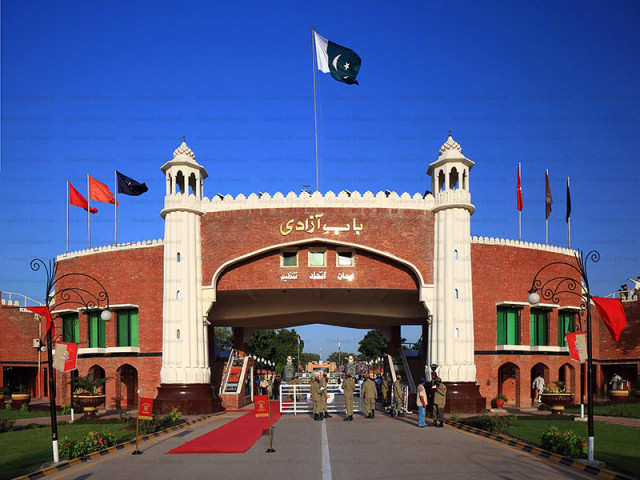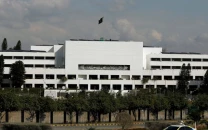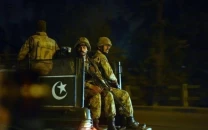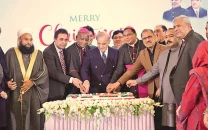The oldest roadway of freedom
Wagah Bab-e-Azadi a witness to migration in 1947

After the declaration of independence in 1947, caravans of Muslims from India entered Pakistan from Wagah, the last village on the eastern border of the country. On August 17, 1947, Wagah was given the status of an international border under the Radcliffe Boundary Award. In commemoration of the great migration of the world, Bab-e-Azadi was built at Wagah.
In February 2024, Punjab's caretaker government started a project to beautify, upgrade and expand the Bab Azadi Wagah border, which is still in progress. Due to construction work, ordinary citizens were not allowed to participate in the special parade of Pakistan Rangers Punjab personnel and flag hoisting ceremony at the Wagah border on the Independence Day this year.
According to sources, a limited number of guests witnessed the parade and flag hoisting ceremony. The administration has informed the citizens about the restriction through a banner. The border is named after the last village on the eastern border of Pakistan.
A teacher at the Government College University, Lahore, Dr Kalyan Singh, said Wagah is a combination of two words, Wahe and Guru. With time, the name has become well known as spoken.
From 1947 to 2007, both Pakistan and India used to call the border Wagah. However, in September 2007, India changed the name of the area on its side from Wagah to Attari border. Attari is a border village in India.
In 1947, when caravans were migrating from India to Pakistan and Sikhs and Hindus were going to India from Pakistan, a central camp was established at Wagah. There was transport arrangement in the camp, through which the refugees were transported to their destinations. The Grand Trunk Road starts from Afghanistan and goes to India through Wagah. Travellor between Pakistan and India are allowed to cross the border through this route.
Wagah has seen many changes in the past 77 years. Initially, a small checkpoint was established at Wagah. However, now there is a magnificent gate-like building called Bab Azadi. The image of the founder of Pakistan, Quaid-i-Azam Muhammad Ali Jinnah, adorns the building's side facing India. Scenes of the migration have also been depicted on the walls.
In 1959, the border forces of both countries started a joint parade at the place at the time of the lowering of the flag. Thousands of people come to see the parade.
On August 13, 2017, the largest national flag of Pakistan was hoisted at the Wagah border. The flag with a height of 400 feet, width of 120 feet and breadth of 80 feet can be seen from miles away.
In February this year, the caretaker government of Punjab approved the Bab-e-Azadi and stadium upgrade project, which is now under way. Under the project, Bab-e-Azadi will be constructed on the pattern of Alamgiri Gate of Shahi Qila in Lahore, while large LCDs will be installed to show the parade.
The seating capacity of the parade ground will increase to around 18,000 after the upgradation and the height of the Bab-e-Azadi will be around 120 feet.

















COMMENTS
Comments are moderated and generally will be posted if they are on-topic and not abusive.
For more information, please see our Comments FAQ